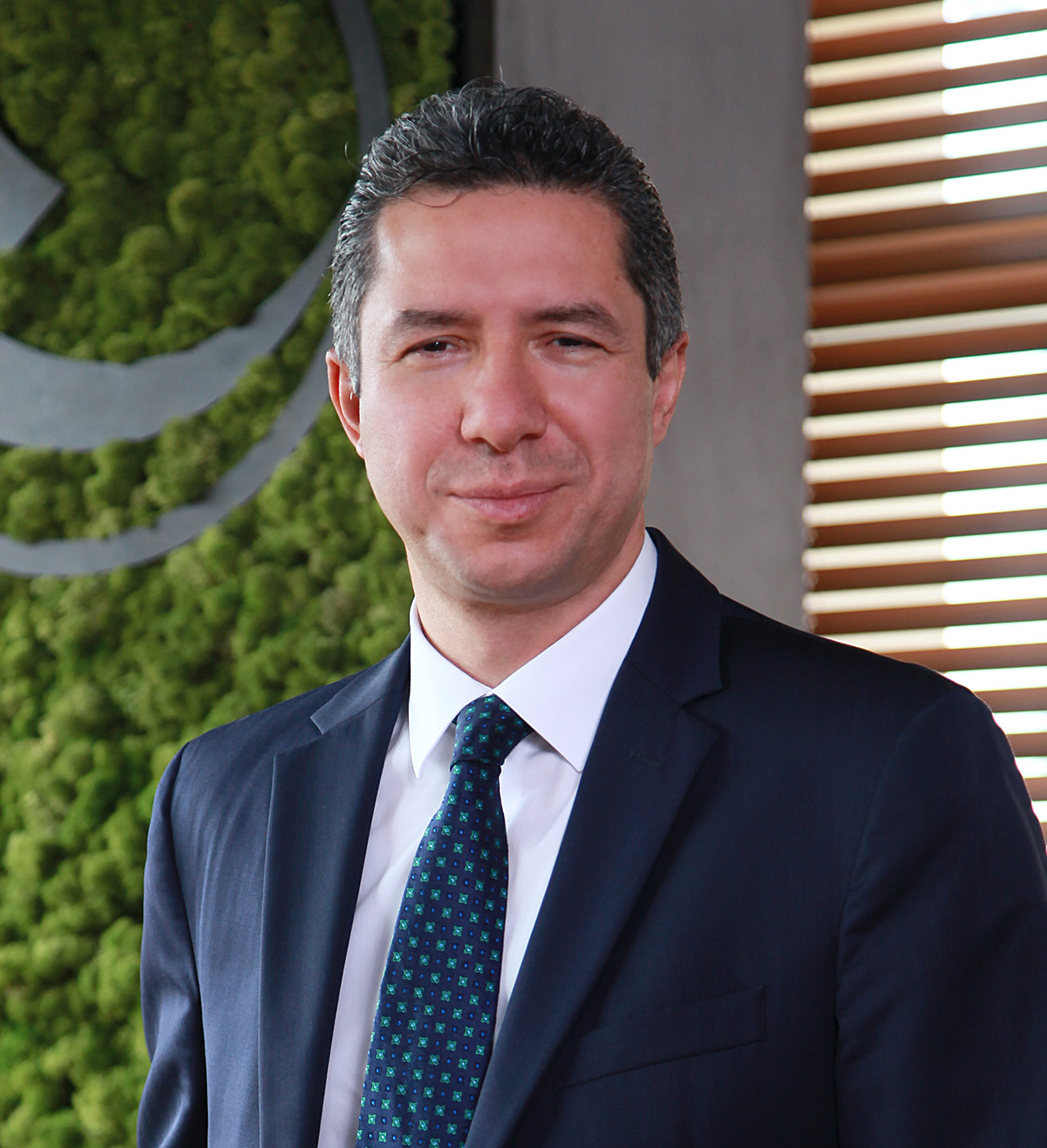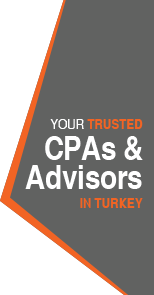Are You So Rich That You Do Not Bother Fighting Against Fraud?: Cost of Fraud

- Fikret Sebilcioğlu CFE, CPA, TRACE Anti-Bribery Specialist
- Managing Partner
- E-mail to Fikret
I remember that when I was a kid, my father would not buy things that are too cheap and when I asked why, he answered: “I am not rich enough to buy cheap.” These words did not mean much to me then, but they inspired me to title of this article which I am writing at the age of 46.
In an institution, in order for a risk to be included in the agenda of the board of directors, that particular risk naturally needs to be “significant.” In other words, if a risk is highly likely to happen and has a potential to cause a major loss, the respective risk is considered “significant.” Is occupational fraud a significant risk for companies?
In terms of understanding the magnitude of the risk of fraud, it is critical to measure the potential losses they may result. On the other hand, the damage of a sneaky virus such as fraud is rather hard to be quantitatively measured. Nevertheless, the 2016 ACFE (Association of Certified Fraud Examiners) Report to the Nations on Occupational Fraud and Abuse provides us with crystal clear messages on the subject. The Report reveals that companies lose about 5% of their turnover to fraud. This rate is reliable because it has been calculated about 5% in this research for years. Considering that the global GNP of 2014 is 78 trillion US Dollars, the loss incurred by fraud is estimated to be 3.9 trillion US Dollars. Note that this amount is only the tip of the iceberg, as fraud has an unmeasurable and a major extent.
The other findings of the Report regarding the cost of fraud include:
- The region with the highest loss per case that is 275,000 US Dollars is the Middle East (including Turkey) - North Africa. The most occurring type of fraud is “bribery and corruption.”
- The average loss is 975,000 US Dollars in cases of fraudulent financial statements, 200,000 US Dollars in bribery and corruption, and 125,000 US Dollars in the most frequently occurring type of fraud by employees that is the misappropriation of assets.
- When the person committing the fraud is a shareholder or a senior executive, the loss incurred is 10 times higher compared to that is incurred as a result of a fraud committed by an average company employee.
- As the number of employees committing the crime increases, the loss incurred increases incrementally. For instance, the average loss caused by a fraud by an individual is 65,000 US Dollars, whereas the minimum loss caused by fraud involving 5 and more employees is 633,000 US Dollars.
- The loss incurred by companies that do not have anti-fraud controls in place is twice the loss incurred by companies that do.
The above-listed findings surely do not include the loss of reputation – which is critical to a company and very hard to measure.
Let us proportion the total loss caused by fraud calculated for the entire world to Turkey. Considering Turkey’s GNP is approximately 800 billion US Dollars, the loss would be 40 billion US Dollars, which means every citizen of Turkey loses about 500 US Dollars from their own pockets to fund the fraud.
Despite all these, we should not give way to despair, since although it is not possible to cancel out the losses incurred by fraud, it is still fairly possible to minimise the loss. The research conducted reveals that losses significantly decrease in companies with an effective internal control system.
I remember that when I was a kid, my father would not buy things that are too cheap and when I asked why, he answered: “I am not rich enough to buy cheap.” These words did not mean much to me then, but they inspired me to title of this article which I am writing at the age of 46.
Could you guess the answer to my upcoming question?
Are you rich enough to not bother fighting against a sneaky enemy that has a high cost both qualitatively and quantitatively?


